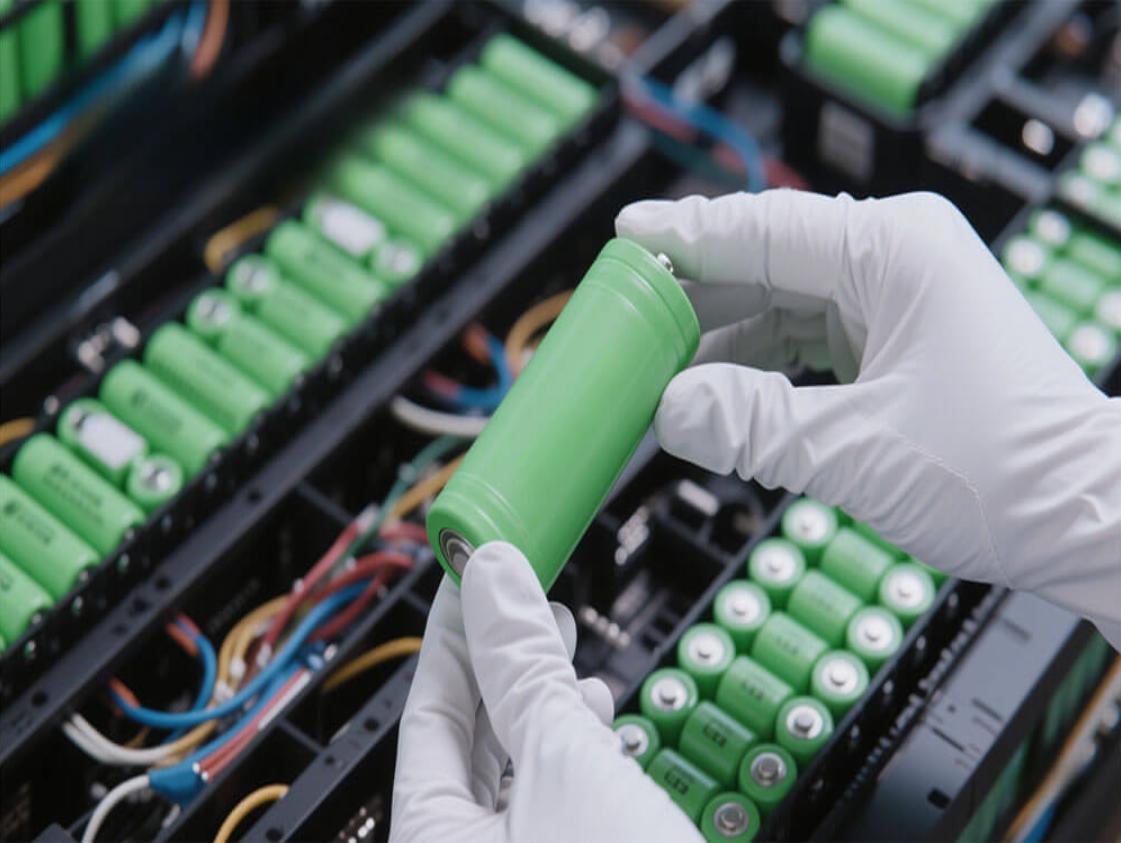
Lithium batteries power critical industrial applications, from robotics to medical devices. Proper maintenance extends lifespan, improves safety, and reduces operational costs. Neglecting care leads to performance degradation and safety risks. Advanced battery management systems enhance energy efficiency, reducing downtime and boosting productivity. Industrial and consumer-grade batteries differ significantly, demanding tailored upkeep strategies.
Maintain lithium batteries between 20% and 80% charge for optimal longevity and health.
Avoid deep discharges; keep depth of discharge (DoD) below 80% to maximize performance and lifespan.
Utilize monitoring tools to assess battery health and schedule maintenance, ensuring reliable operation in demanding environments.
1.1 Key Features of Industrial Lithium Batteries
Industrial lithium batteries are engineered to meet the rigorous demands of sectors like robotics, medical devices, and energy storage systems. They differ fundamentally from consumer batteries in several key aspects:
Energy Density: Industrial batteries, such as NMC (160–270 Wh/kg) and LiFePO4 (100–180 Wh/kg), offer significantly higher energy densities. This enables longer runtimes and faster charging, critical for uninterrupted operations.
Lifespan: With cycle lives ranging from 2,000 to 5,000 cycles, industrial lithium batteries far exceed traditional lead-acid batteries (500–1,000 cycles).
Safety Features: Advanced safety mechanisms, including sophisticated Battery Management Systems (BMS) and enhanced thermal stability, minimize risks like overheating and leaks.
Eco-Friendliness: Industrial lithium batteries typically lack toxic heavy metals found in some consumer batteries, reducing their environmental impact.
These features make industrial lithium batteries the reliable choice for high-performance, durable applications.
1.2 Common Maintenance Challenges in Industrial Applications
Maintaining industrial lithium batteries presents unique challenges due to their advanced design and operating environments:
Environmental Stress: Extreme temperatures and humidity degrade performance. For example, LiFePO4 batteries require specific temperature ranges for optimal operation.
Quality Control: Larger cell formats used industrially introduce new potential failure mechanisms, complicating quality assurance.
Usage Patterns: High-demand applications like robotics and medical devices often involve frequent charging cycles, accelerating wear if not managed correctly.
Addressing these challenges requires implementing robust, application-specific maintenance protocols to ensure consistent performance and extended battery life.
2.1 Storage Guidelines for Long-Term Battery Health
Proper storage is crucial for preserving industrial lithium battery health and longevity. Adhere to chemistry-specific storage conditions:
Temperature Control: Store batteries in a cool, dry place. High temperatures accelerate degradation; studies show capacity retention drops from 96% at 25℃ to 75% at 60℃.
Charge Level: Maintain a state of charge (SoC) between 20% and 80% during long-term storage to minimize electrode stress and degradation.
Humidity Management: Prevent terminal corrosion by storing in low-humidity conditions, using desiccants or climate control if necessary.
Following these guidelines, as recommended by BESS (Battery Energy Storage System standards), significantly enhances battery lifespan.
2.2 Best Charging Practices to Maximize Lifespan
Optimal charging directly impacts performance and durability:
Avoid Overcharging: Utilize chargers with overcharge protection to prevent damaging increases in internal pressure and temperature.
Control Charging Rates: Moderate charging rates are preferable to fast charging, which causes thermal stress and capacity loss (especially for NMC batteries).
Monitor State of Health (SOH): Employ data analytics and machine learning tools (combining data-driven and physics-based models) to assess health during charging, predict lifespan, and identify degradation trends for proactive maintenance.
These practices extend battery life and reduce replacement costs.
2.3 Usage Tips for Demanding Industrial Environments
Industrial settings demand specific usage strategies:
Match Battery to Application: Select batteries designed for industrial use. LiFePO4 excels in high-demand scenarios due to its long cycle life (2,000–5,000 cycles) and thermal stability.
Implement Condition-Based Monitoring: Use advanced BMS to continuously track temperature, voltage, and current for timely intervention and failure prevention.
Minimize Depth of Discharge (DoD): Keep DoD below 80% to maximize cycle life; frequent deep discharges shorten it considerably.
Protect Against Physical Damage: Employ protective casings to shield batteries from impacts and vibrations common in industrial settings.
Integrating these tips ensures reliable battery performance in challenging conditions.
3.1 Environmental Conditions and Their Effects
Environmental factors critically influence battery lifespan:
Temperature Extremes: Operating or storing outside the optimal range (e.g., -20℃ to 60℃ for LiFePO4) accelerates degradation. High temperatures increase internal resistance (a key measurable health indicator), reducing power delivery and lifespan. Low temperatures impede ion movement, reducing efficiency.
Humidity: Excessive moisture risks corrosion and safety hazards.
Mitigation: Use thermal management systems, protective casings, and controlled environments to shield batteries, ensuring reliability in applications like robotics and medical devices.
3.2 Depth of Discharge (DoD) and Its Role in Battery Life
DoD (percentage of capacity used per cycle) significantly impacts cycle count:
Impact of Deep Discharges: Frequent deep discharges (high DoD) accelerate wear, drastically reducing usable cycles.
Optimal Practice: Maintain DoD below 80% for industrial batteries like LiFePO4 to maximize their 2,000–5,000 cycle potential.
Nonlinear Decay: Lithium batteries exhibit complex decay patterns. Optimizing battery structure and chemistry enhances longevity, while condition-based monitoring helps track DoD and manage health proactively, reducing failure risks and costs.
3.3 Charging Cycles and Their Impact on Performance
Each full charge/discharge cycle contributes to gradual electrode degradation and capacity fade:
Cycle Life Variance: Chemistry dictates cycle life (e.g., NMC: 1,000–2,000 cycles; LCO: 500–1,000 cycles).
Charging Rate Impact: Fast charging causes thermal stress and accelerates capacity loss. Controlled rates are essential.
Advanced Management: Modern BMS precisely monitors charging parameters and leverages data analytics for accurate State of Health (SOH) assessment and degradation prediction.
Best Practices: Use chargers with overcharge protection, avoid charging in high temperatures, and monitor cycle count to enhance reliability.
Proper storage, charging, and usage practices are paramount for maintaining industrial lithium batteries. These measures enhance safety, reduce costs, and significantly extend battery life. Consistent, tailored maintenance ensures reliable performance in demanding applications. Adopting these strategies empowers businesses to optimize operations and maximize the return on their battery investments.
Tip: Explore tailored industrial battery maintenance solutions with BESS.
Next:EVE Energy Showcases Innovation at Shenzhen Drone Expo, Powering Low-Altitude Economy
Previous:CALB Debuts Leading Energy Storage Solutions at EES Europe in Germany